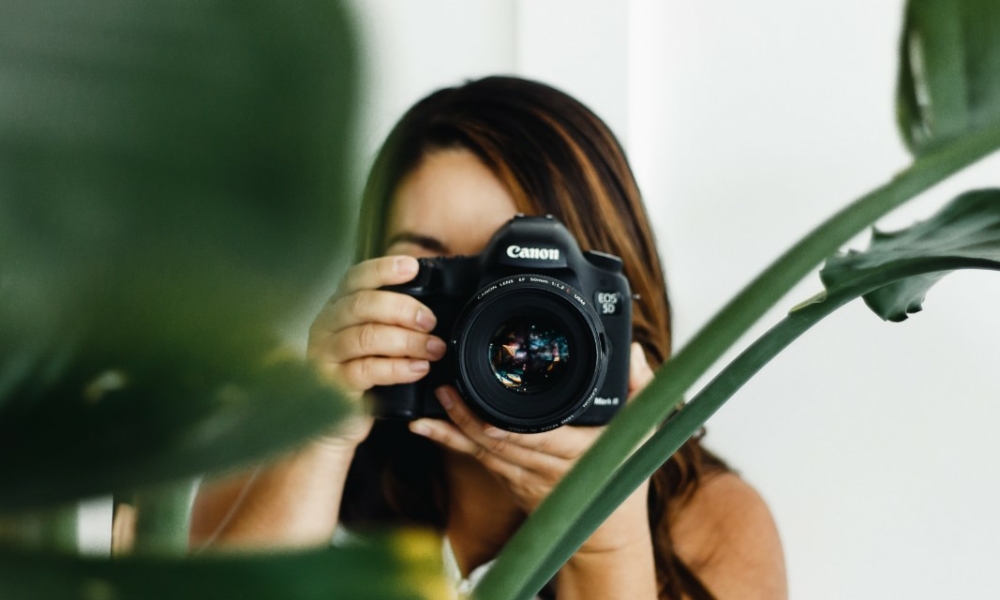Why find your stolen photos? Because you worked hard to make them and should be compensated for them. Unless of course you purposefully offer them with creative commons or similar license which does not require compensation for use.
One of the most prominent problems photographers face on the Internet is seeing their work used without permission.
Some call this theft, and some call it ignorance.
In this article, we are going to talk about how to find your images in use elsewhere.
How To Find Your Stolen Photos
One of the ways is to search the Google image search by dragging your image to the browser. It will return several photos of your choice and also links to where they are being used.

You can also include metadata in your photos and search for specific keywords. Google inherits the metadata, meaning if you search for a unique keyword, your image will likely show up.
If another site uses your photo and leaves your metadata in place, you will find it with a quick search.
Google’s image search engine started to show additional information about photos after clicking the results. The landing page’s sidebar includes EXIF data: camera, settings, focal length, flash usage, and exposure bias.
Screenshots from Google on this feature.
One of the best ways is to look at your image management software that monitors image metadata and even uses image recognition.
Pixsy is one of those services, and they even take the steps to handle DMCA notices, charge for use, accept payment and distribute funds to you. Copytrack is another company offering similar services as Pixsy.
Pixsy is an online platform for creatives and image owners to discover where and how their images are being used online.

One last method to find your stolen photos is to use Google Alerts. By tracking your name across the web, you will be notified if and when your content is used without the removal of your information.
What To Do About Your Stolen Photos
Once you find a photo of yours being used elsewhere without permission, you have the right to send a DMCA notice. DMCA stands for Digital Millennium Copyright Act.
The Digital Millennium Copyright Act (DMCA) is a 1998 United States copyright law that implements two 1996 treaties of the World Intellectual Property Organization (WIPO). It criminalizes the production and dissemination of technology, devices, or services intended to circumvent measures that control access to copyrighted works (commonly known as digital rights management or DRM).
This is the first step towards getting your photo removed from unauthorized venues.
The next step would be taking further legal action. But there might be an intermediary step to take. Generate an invoice with proof of DMCA and all included DMCA items. Send your bill to the site in question, stating that it’s for the use of the image in perpetuity. There is a 50/50 chance you will get paid for it.
This invoice step has worked for me many times, from companies I never thought would even respond.
To them, it’s nothing, but for photographers, it’s significant.
If all else fails, seek legal counsel. In the USA, we recommend speaking with Eden Law (from Rachel Brenke of TheLawTog)
If you are outside of the USA, please find someone local to your country and area so you can ensure they know your laws best.

How To Prevent Stolen Photos
There are many things you can do to prevent unauthorized image use. However, what we can tell you is this. No matter how much prevention you put in place, someone who wants to steal your photo will do it anyway. They will always find a way.
There is a service called Digimarc which offers invisible watermarking and tracking. With it, you can find out and prove your image is in use because the watermark cannot be removed, and can only be identified by Digimarc.
At Imagely, we offer image security in multiple forms.
NextGEN Gallery offers a watermark feature built-in to the free plugin.
NextGEN Pro offers additional image security like:
- drag/drop prevention
- right-click prevention
There is always more to be done.
If you would like to see additional image security features offered for NextGEN Gallery, please share your thoughts.





Jeff Colburn
20 Jul 2021Hi,
It’s a good article, thanks.
One thing about disabling right click is that it doesn’t stop people from stealing your image. If you see an image on your computer screen, it’s in a temp folder somewhere on your computer. Just find the folder and save the image file elsewhere.
It’s a frustrating problem, and I’ve experienced a lot of theft of my ebooks too.
You can make it difficult for honest people to steal your images, but the hardcore thieves can’t be stopped, and don’t care about stealing from you.
Have Fun,
Jeff
Scott Wyden Kivowitz
20 Jul 2021That’s the case for basically any security measure. Nothing is 100% foolproof no matter the platform or product or service. Each is more of a deterrent than anything.